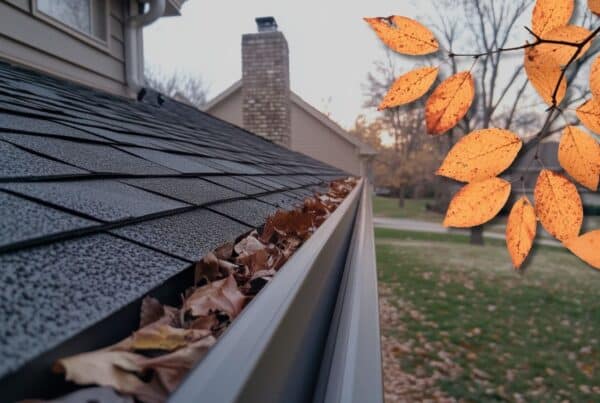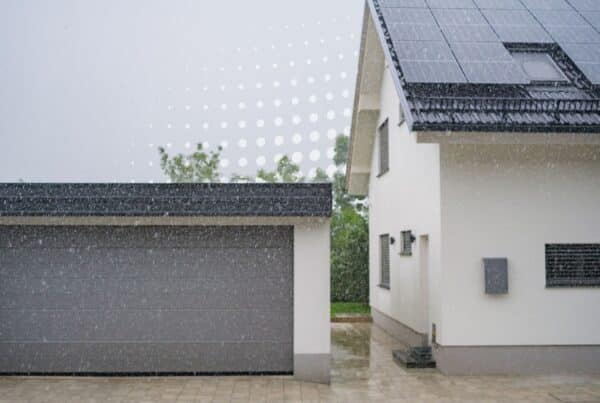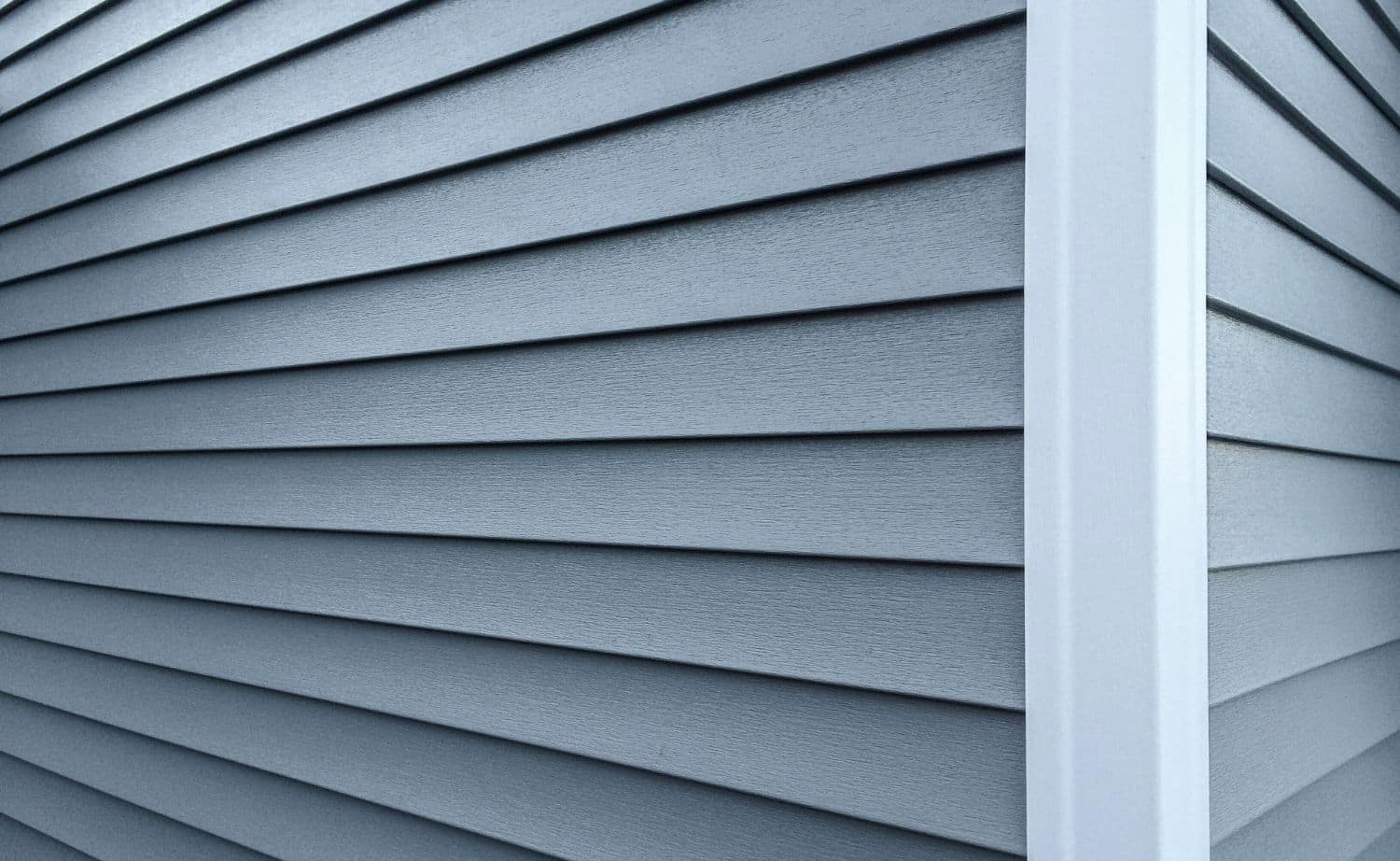
Masonite siding was once a popular building material across many regions. It looked like real wood, cost less than other materials, and was easy to install. But over time, more and more homeowners have run into problems.
If your home has Masonite siding, or you’re thinking about buying or selling one that does, it helps to know what you’re dealing with.
This guide covers what Masonite is, why it often fails, how inspectors evaluate it, and what options you have if it’s showing signs of damage.
What Is Masonite Siding?
Masonite is a type of engineered wood made from compressed wood fibers and glue. It’s shaped into boards and textured to look like traditional wood siding. Builders liked it because it was lightweight, easy to cut, and came in different styles such as lap siding and vertical panels.
Masonite became especially common from the 1980s to the early 2000s. While it was affordable and looked good when first installed, it’s not always built to last. Many homes with original Masonite siding are now showing wear, especially in areas with regular rain, humidity, or freeze-thaw cycles.
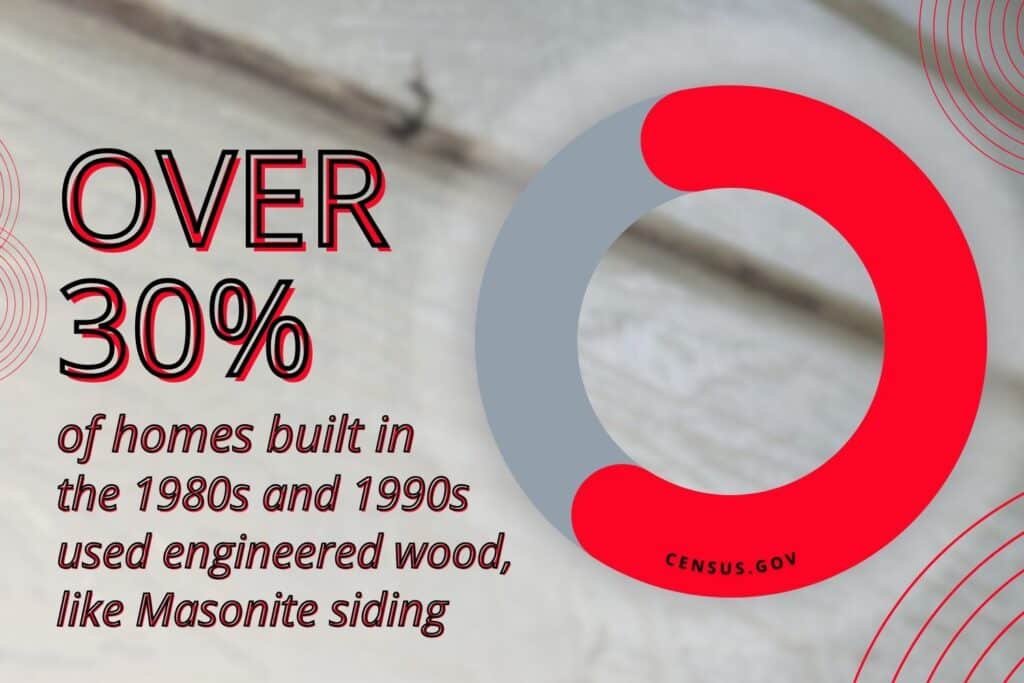
Why Engineered Wood Siding Can Be a Problem
Masonite’s biggest weakness is moisture. When water gets into the boards, the siding can start to swell, warp, or even rot. That damage often begins along the lower edges or anywhere the paint has worn away.
Here are some of the most common problems:
- Swelling or bulging boards near the bottom or corners
- Warping where boards no longer lie flat against the house
- Blistering or peeling paint, especially around nail heads and joints
- Delamination, where the board separates into layers
- Rot and soft spots, often hidden until touched or probed
- Pest damage, including termites and ants that take advantage of softened wood
Over time, moisture-related damage can spread past the siding and into the structure of the home. Hardboard products like Masonite show significant thickness swell when exposed to seasonal moisture over multiple years.
What Do Inspectors Look for With Masonite Siding?
At Bentley Home Inspection, our process includes a full visual and structural evaluation of the siding. We look at condition, placement, moisture exposure, and whether it was properly installed.
Here’s what we typically look for:
- Visible damage such as swelling, blistering, or delamination
- Soft areas or decay, especially where siding meets the foundation or roofline
- Improper ground clearance, where the bottom board is too close to soil, mulch, or concrete
- Cracked or missing caulking, which allows water into joints
- Paint failure that may expose raw wood
- Signs of moisture intrusion, such as stains in the attic or basement
We also look for installation issues. Common mistakes like nailing too close to the edge, skipping flashing, or overlapping boards incorrectly can cause early failure even if the material itself was in good shape at first.
In some cases, we recommend moisture meter testing or checking behind siding where access allows. These extra steps help reveal damage that isn’t visible but may be affecting the home’s envelope or interior air quality.
Can Masonite Siding Still Be Safe to Keep?
Yes, but with some limits. Masonite siding can last 20 to 30 years under ideal conditions, but that’s rarely the case. If it’s been regularly painted and maintained, and if it was installed properly, it may still be functional.
However, homes in climates with regular storms, snow, or humidity tend to wear much faster. If your siding is already showing signs of water damage or softness, repairs may not be enough. You may need to replace sections or even the full siding system.
Things to consider:
- Are repairs only cosmetic, or are they covering deeper problems?
- Have water stains or mold appeared indoors?
- Is moisture affecting nearby systems like windows, trim, or framing?
- Will buyers view it as a red flag during a future sale?
A professional inspection gives you a better sense of whether your siding can be maintained or if replacement will offer better value long term.
| Pros of Masonite Siding | Cons of Masonite Siding |
|---|---|
| Affordable compared to many other siding options | Highly vulnerable to water damage |
| Easy to cut and install for different home designs | Can swell or warp when exposed to moisture |
| Provides a wood-like appearance at a lower cost | Susceptible to rot and decay over time |
| Lightweight and simple to handle during installation | Requires frequent upkeep and repainting |
| Widely available during its production years | Can reduce home value if deterioration is visible |
Modern Alternatives to Masonite
If it’s time to replace your siding, there are several materials that offer better performance and a longer lifespan:
- Fiber cement siding is one of the most durable options. It resists water, insects, and fire, and usually lasts 30 to 50 years. It also holds paint well and requires less maintenance than wood or Masonite.
- Vinyl siding is more affordable and available in many colors and textures. It’s water-resistant and low maintenance, though it can fade or crack in extreme weather over time.
- Engineered wood siding is treated to resist moisture and pests. It looks more like traditional wood but performs better than Masonite in most climates.
- Composite siding blends polymers or other additives to increase strength and reduce maintenance needs. It’s a newer category but is gaining popularity for homeowners who want longevity.
Each type comes with its own price range, installation needs, and appearance. A home inspection is often the best first step to help determine how urgent your siding issues are and what solutions make the most sense.
Other Questions Homeowners Are Asking
What else should I inspect if my siding is showing damage?
If your siding is swollen or rotting, there’s a chance moisture has entered behind it. That could affect your attic, roof sheathing, or interior insulation.
Can damaged siding affect the foundation?
Yes. Water that runs behind siding can pool near your home’s base, especially if gutters or grading are also failing. Over time, this moisture can lead to settling, cracking, or crawl space issues.
What’s included in a full home inspection?
A full inspection covers your home’s major systems, including the roof, siding, structure, plumbing, HVAC, electrical, and more.
Should I replace siding before selling my home?
It depends on the condition. If the siding is in poor shape, it could lower buyer confidence or the sale price. An inspection before selling can help you decide whether to repair, replace, or disclose.
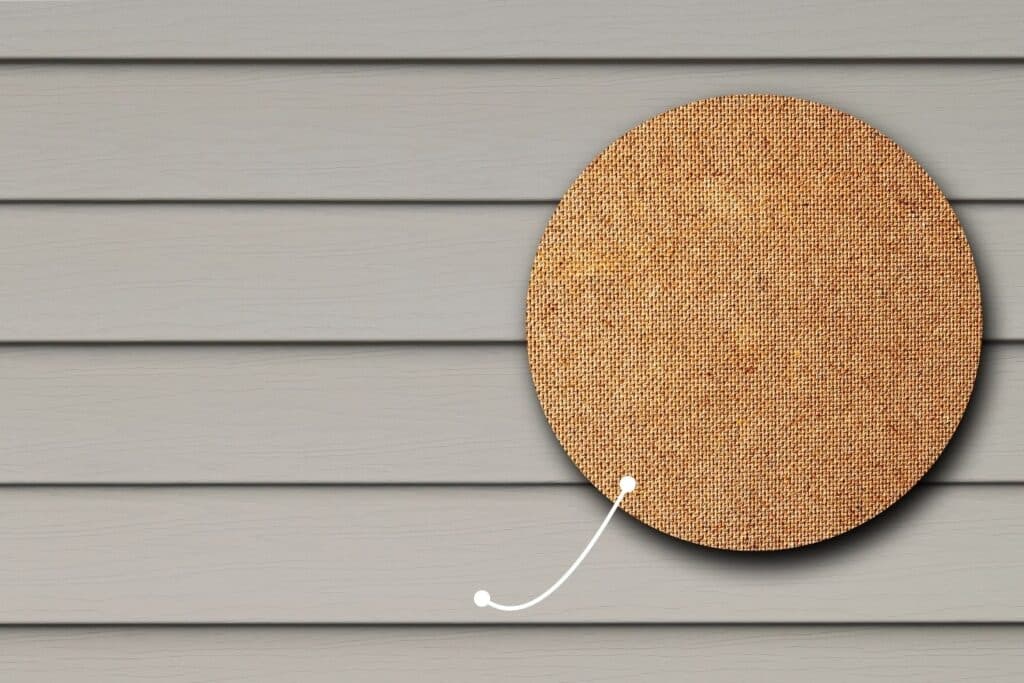
An external and internal view of Masonite (engineered wood) as siding
When to Call a Professional
If you notice warped boards, bubbling paint, or soft spots, don’t wait. Masonite siding often hides damage until it’s advanced. The longer you wait, the more costly the repairs become.
At Bentley Home Inspection, we evaluate not just the surface but also what’s happening behind it. We’ll check your siding and the surrounding structure to make sure moisture hasn’t spread into your framing, insulation, or foundation. Whether you’re maintaining your home or preparing to sell, this kind of assessment gives you the insight you need to move forward confidently.
Conclusion
Masonite siding may still be protecting your home today, but it has known weak spots that make long-term performance unpredictable. Once moisture starts getting in, it can quickly lead to rot, mold, and structural issues.
If your Masonite siding is starting to show its age, a professional home inspection is a smart first step. It gives you a clear picture of where you stand, what needs attention, and how to protect your investment moving forward.


